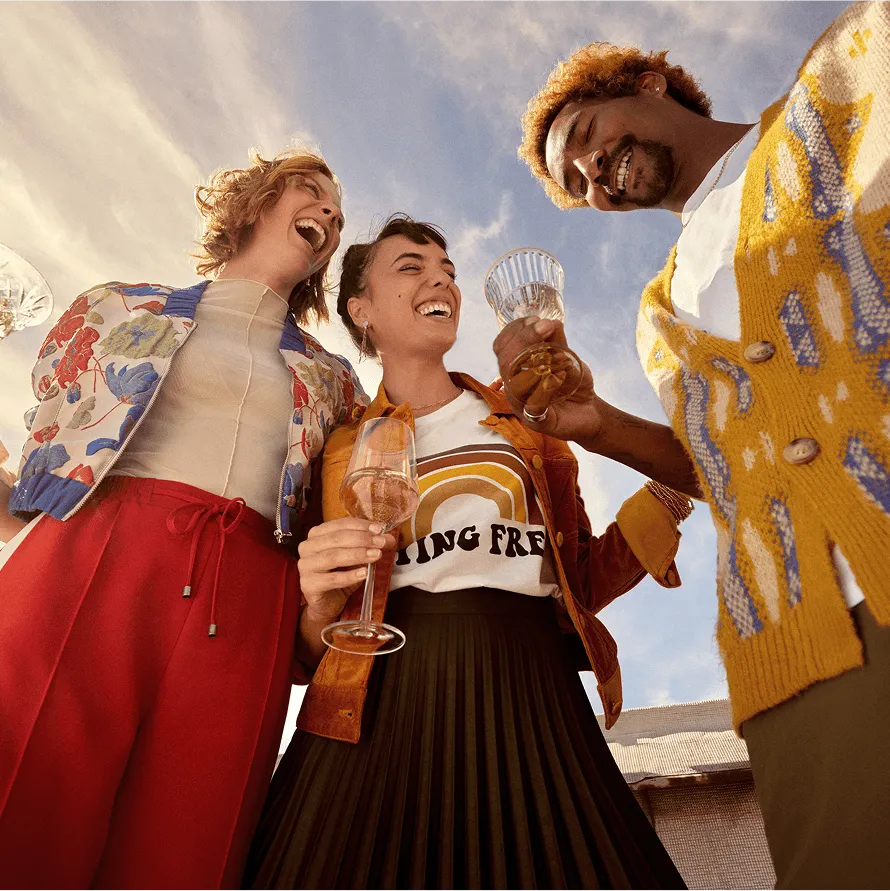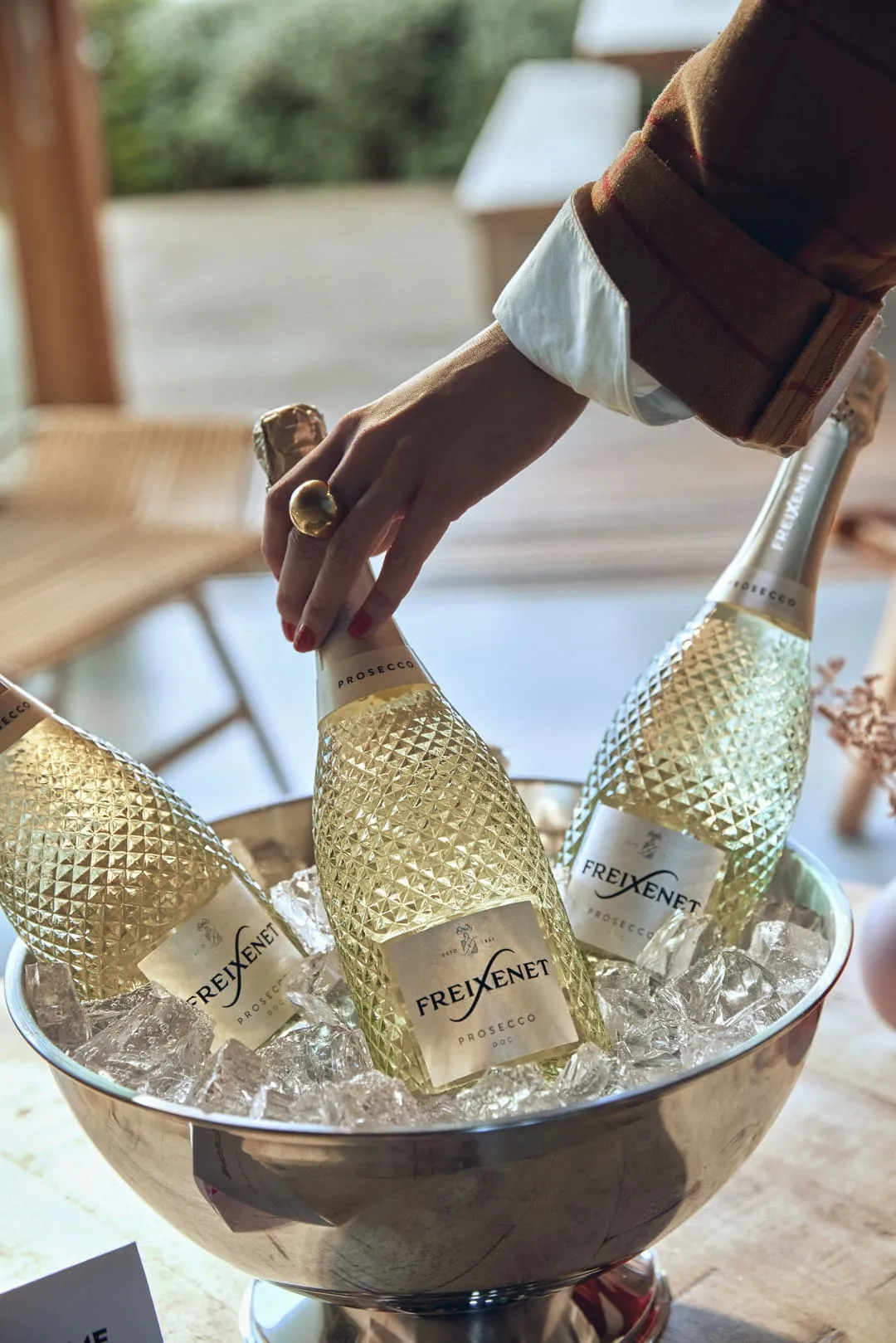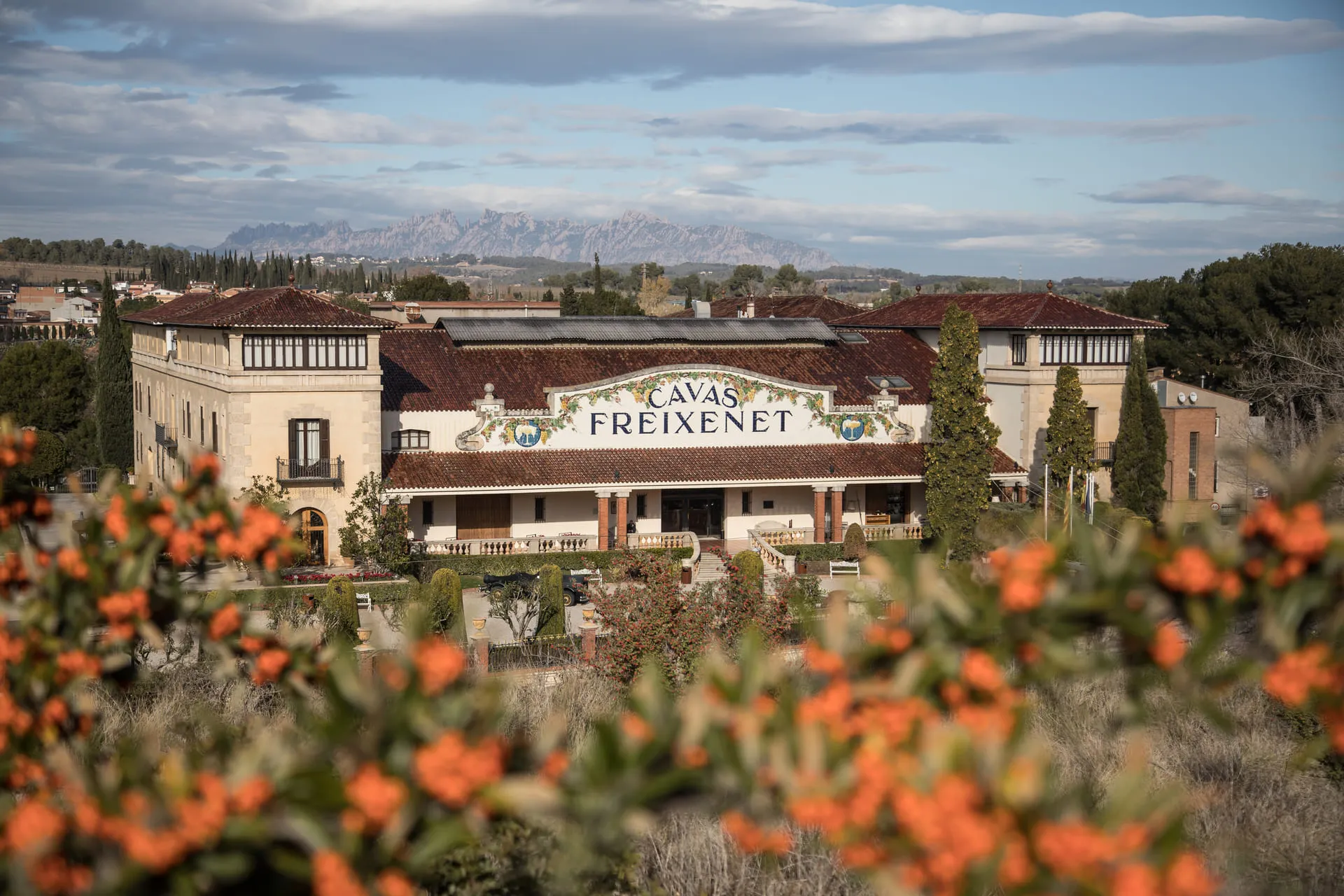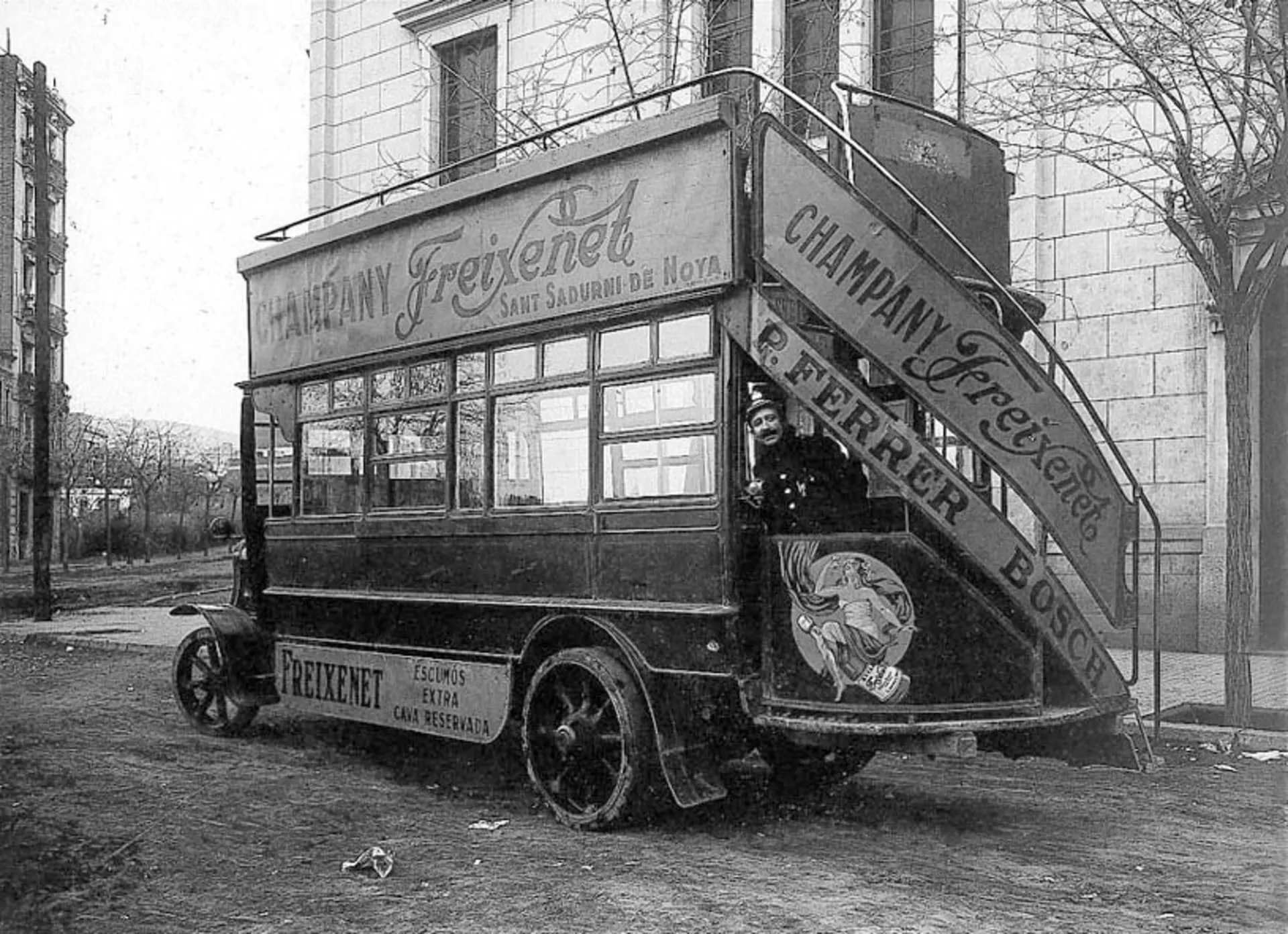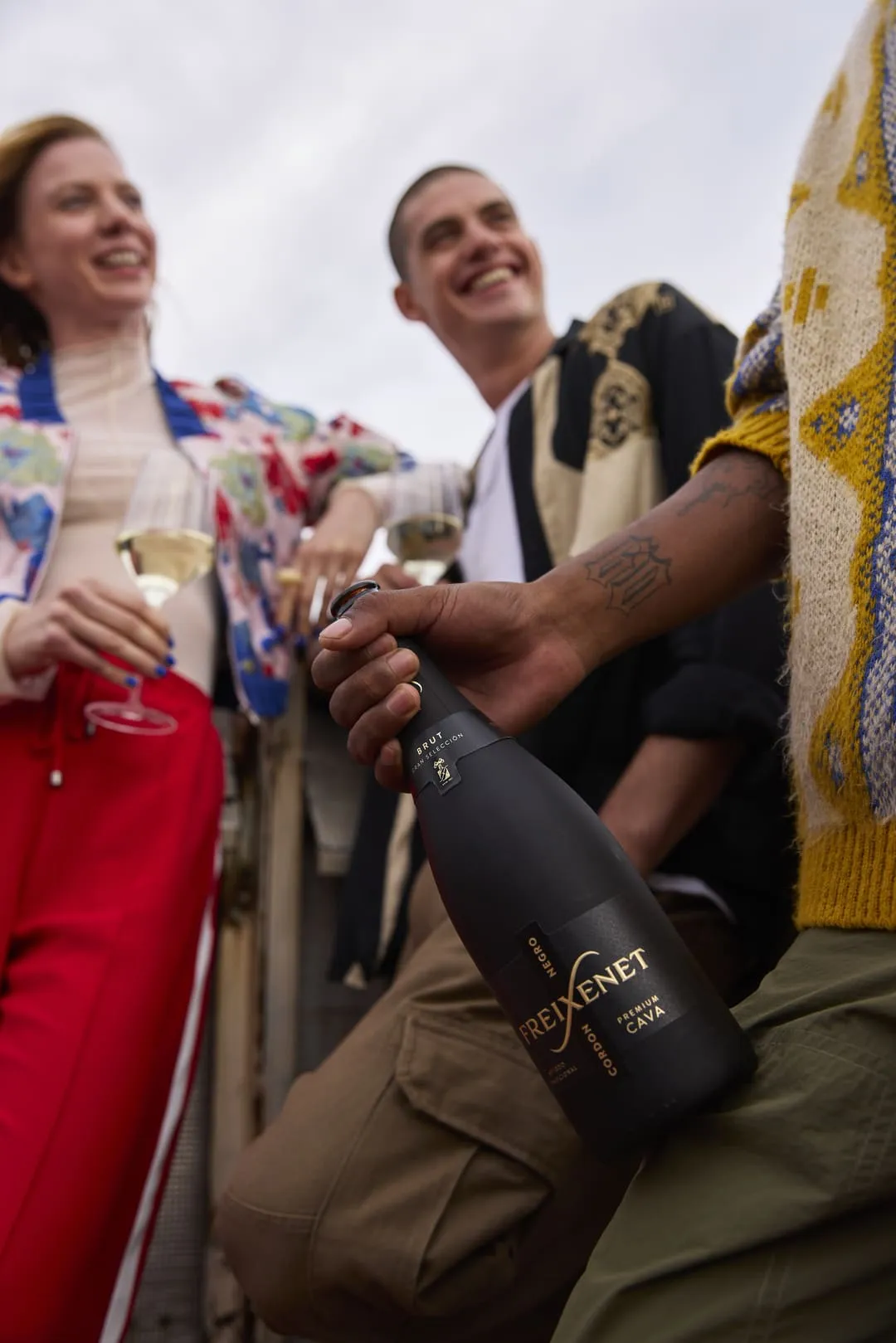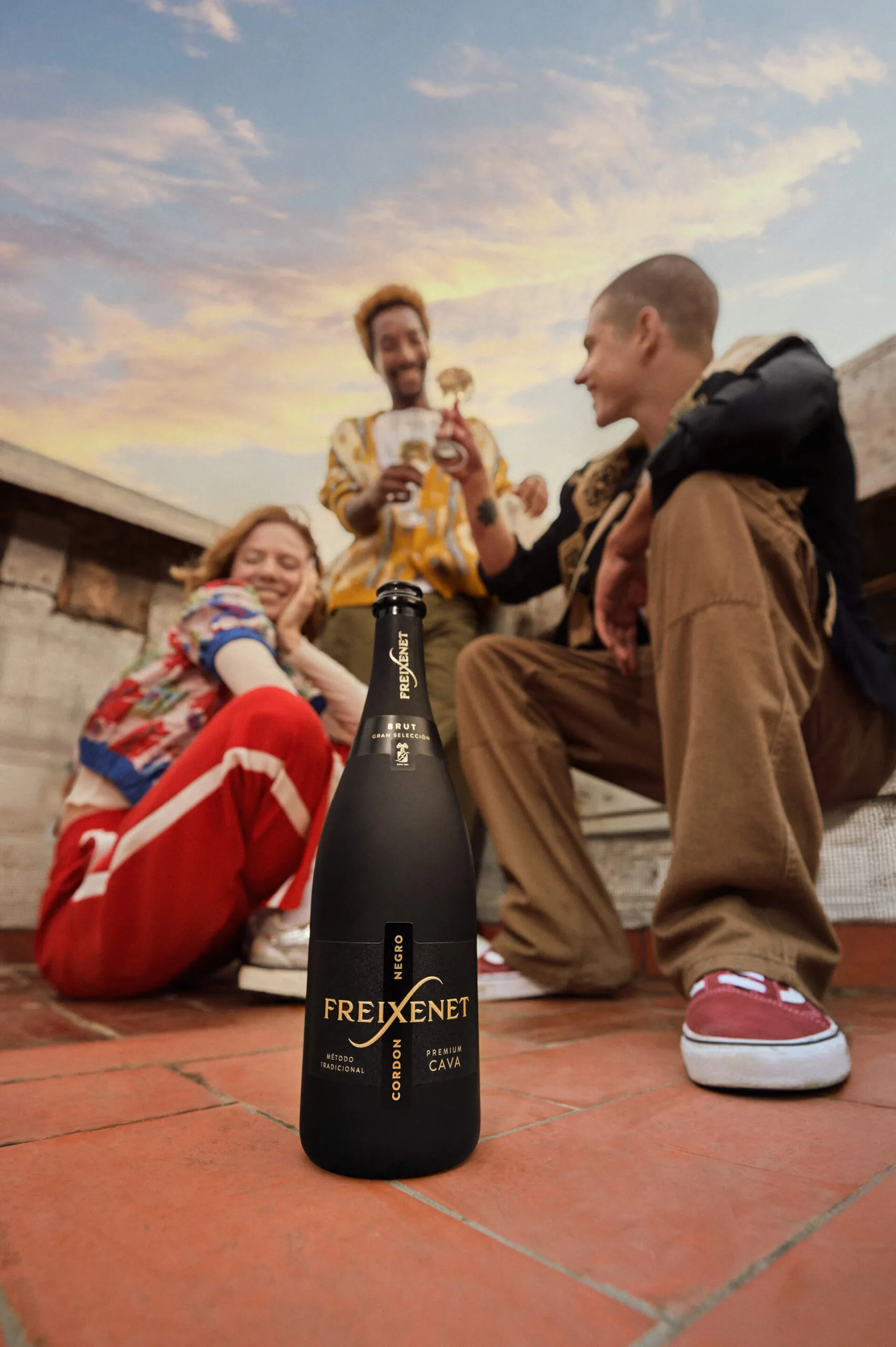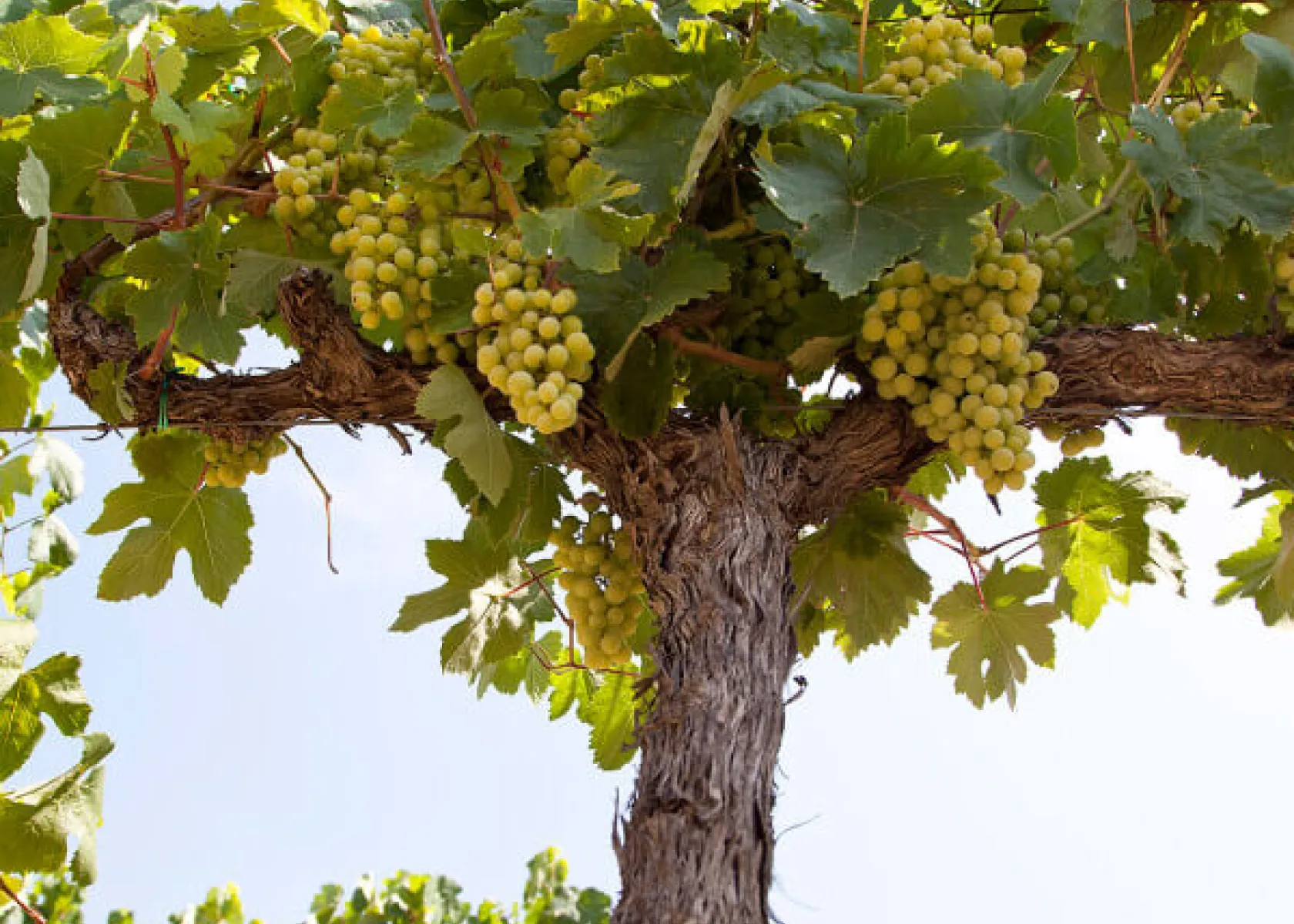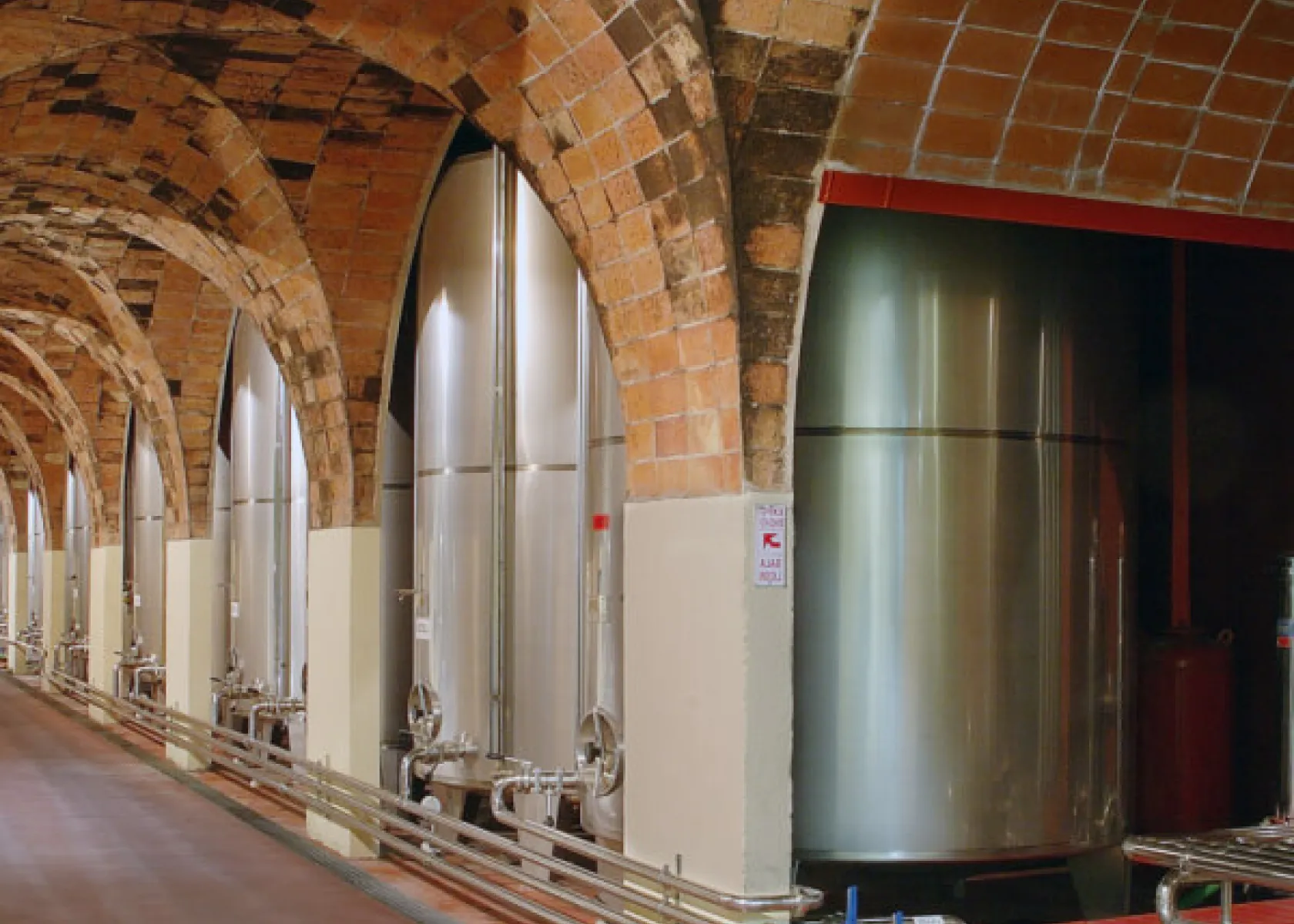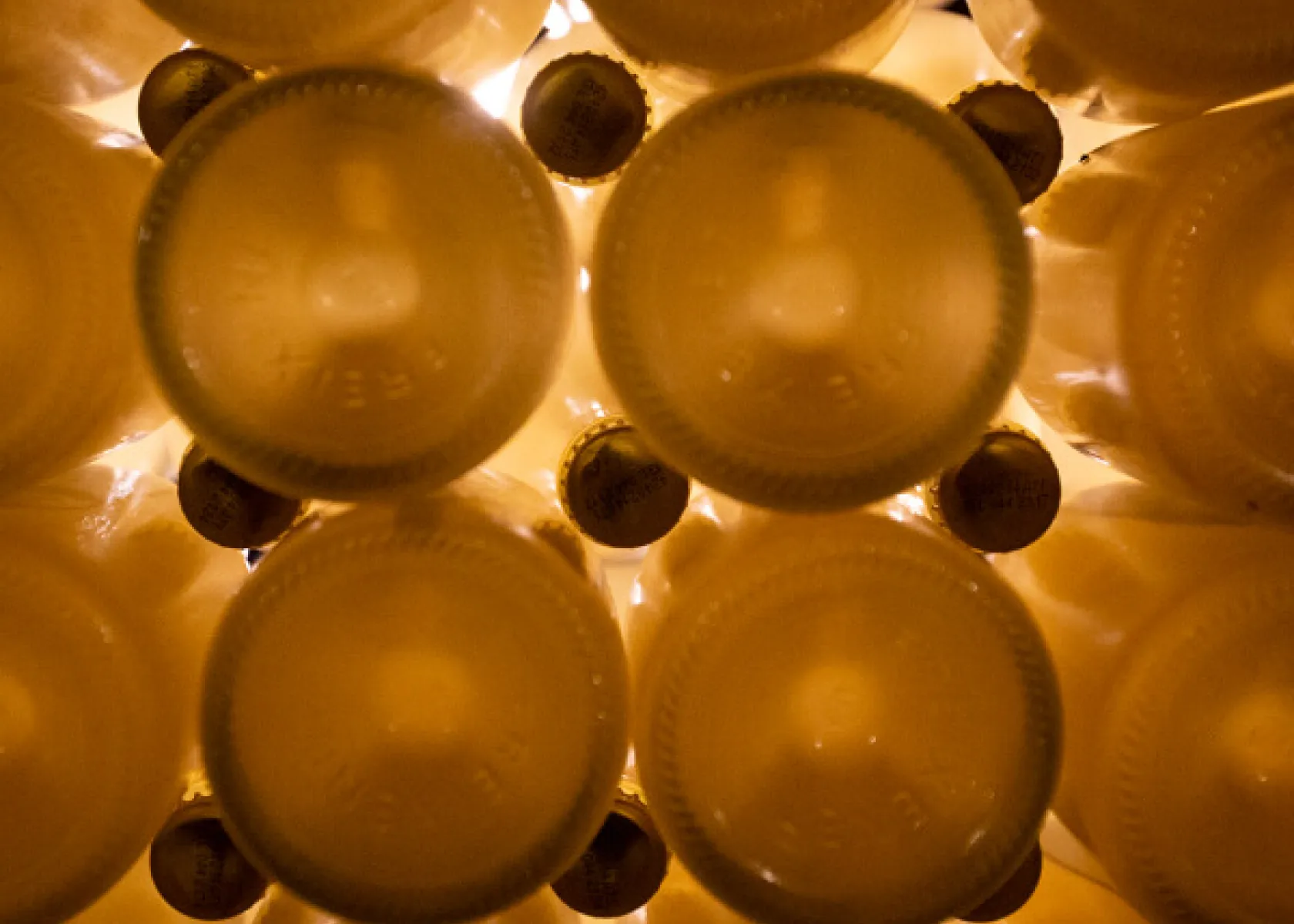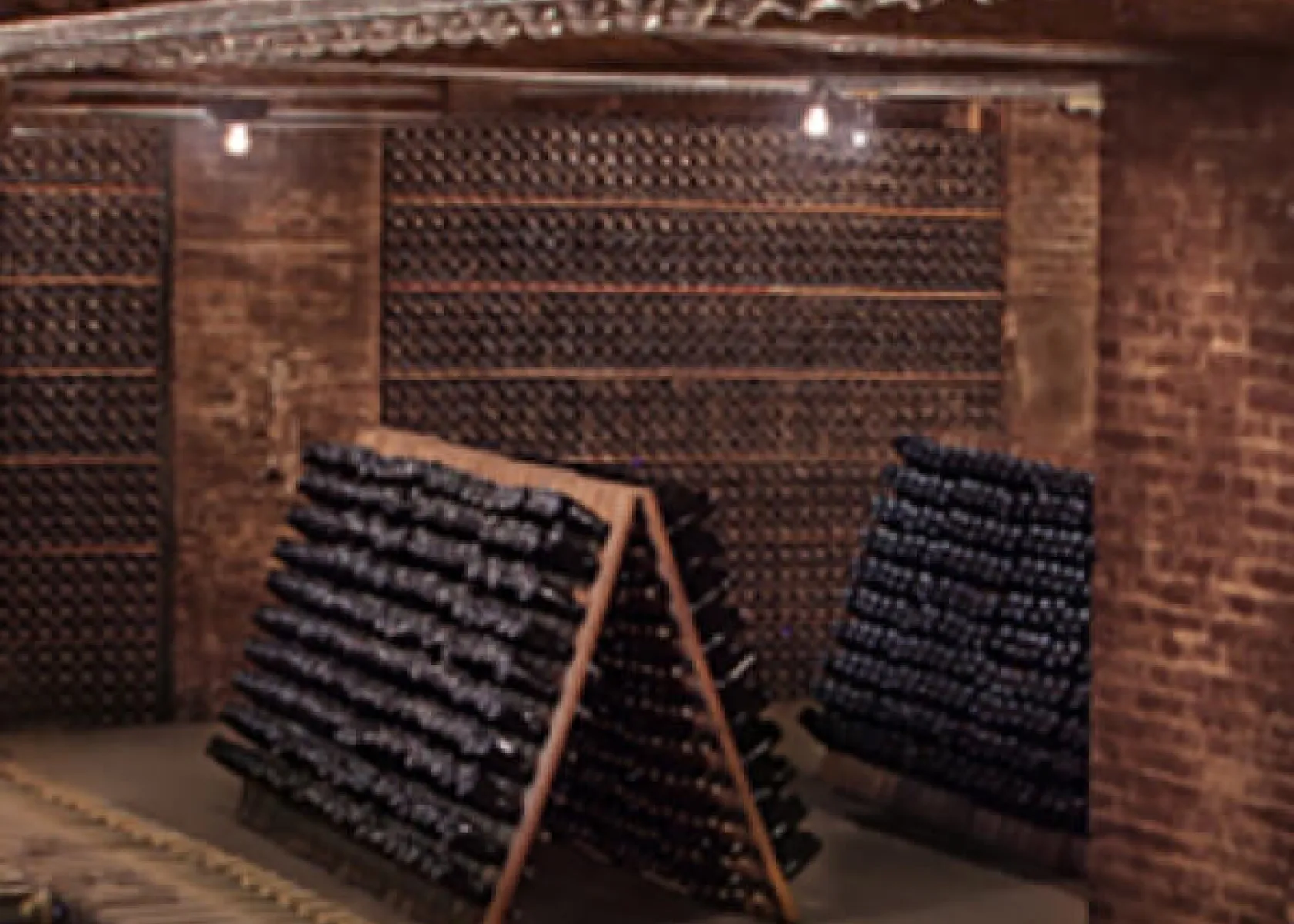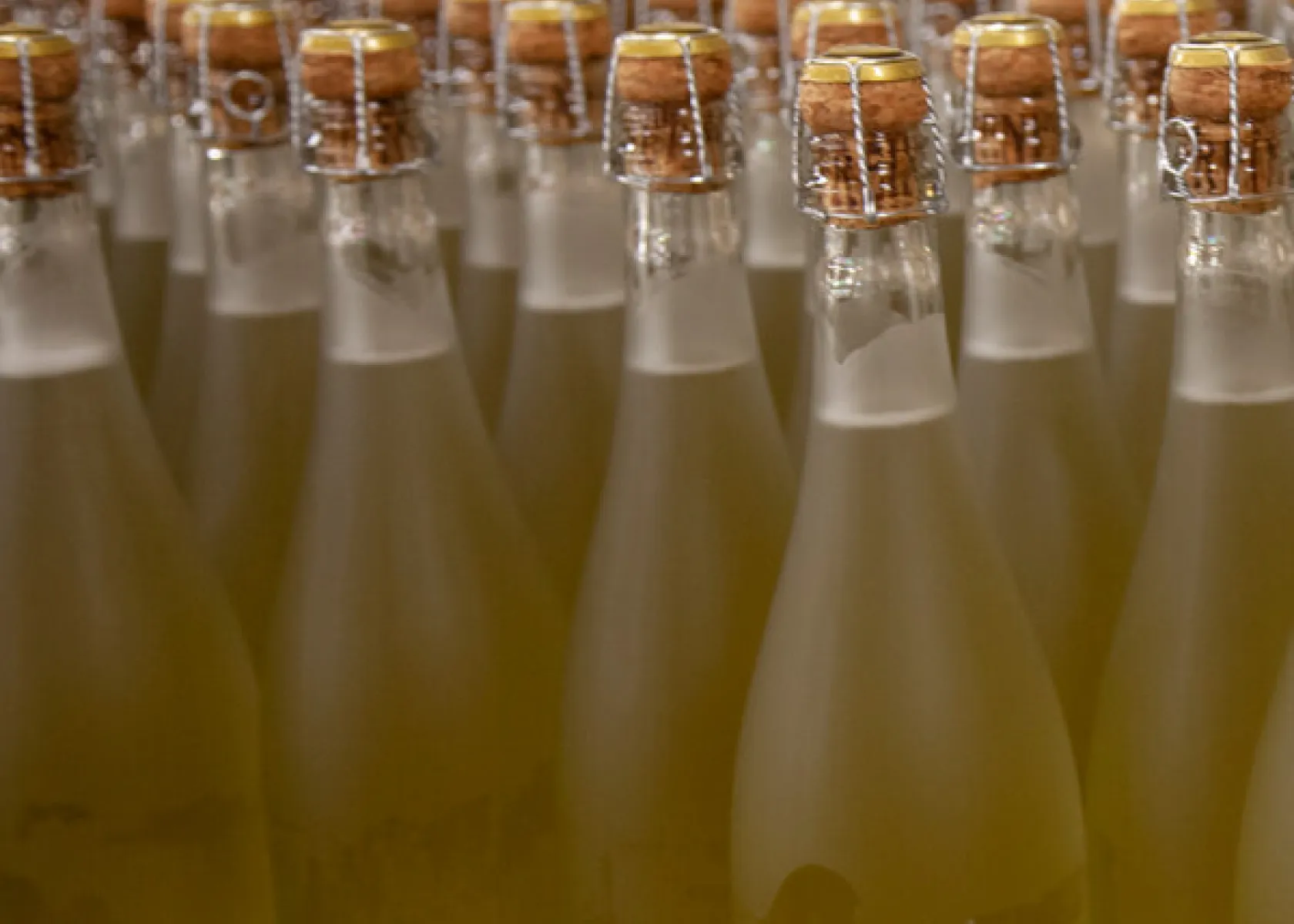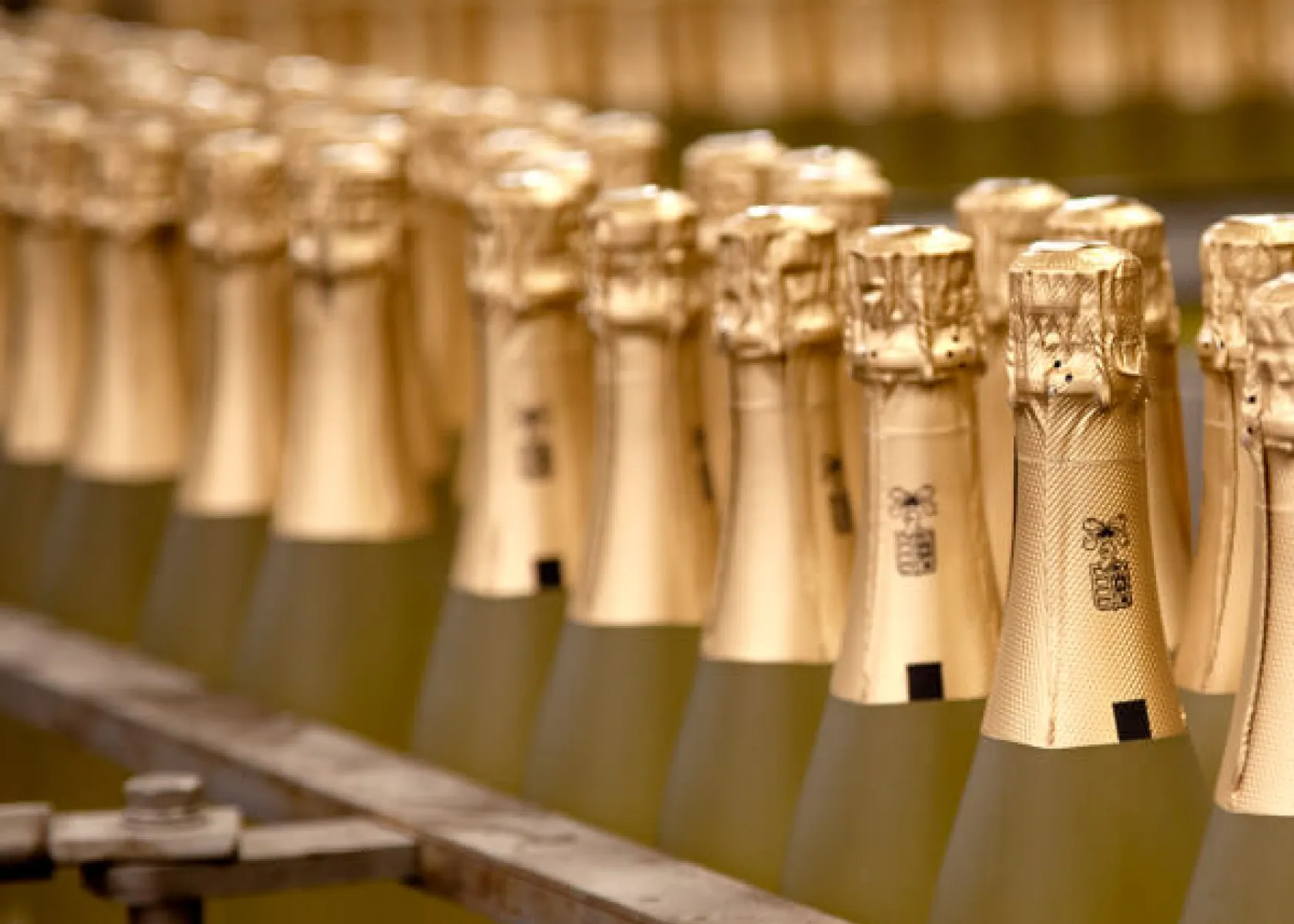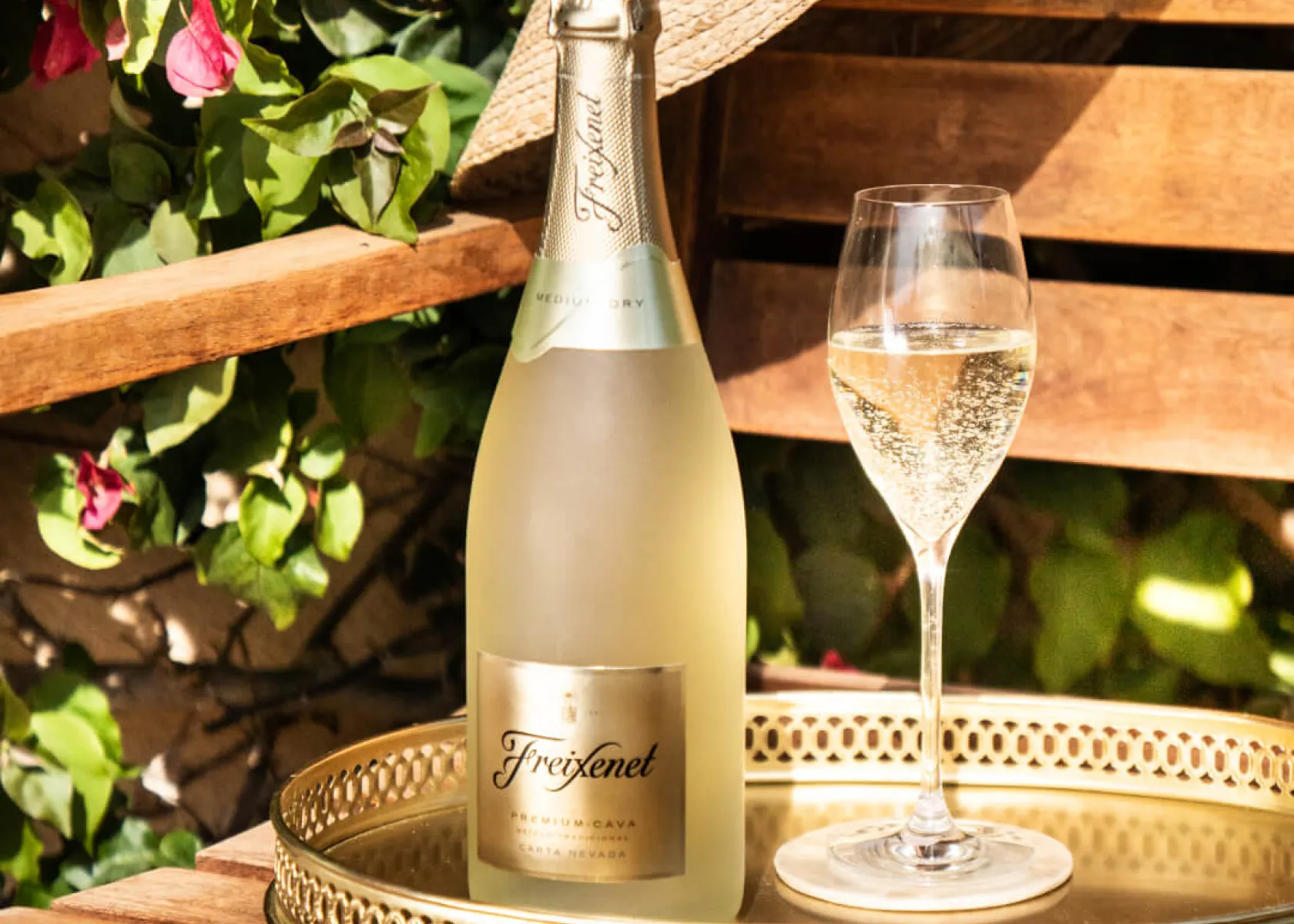Roots of
Cava
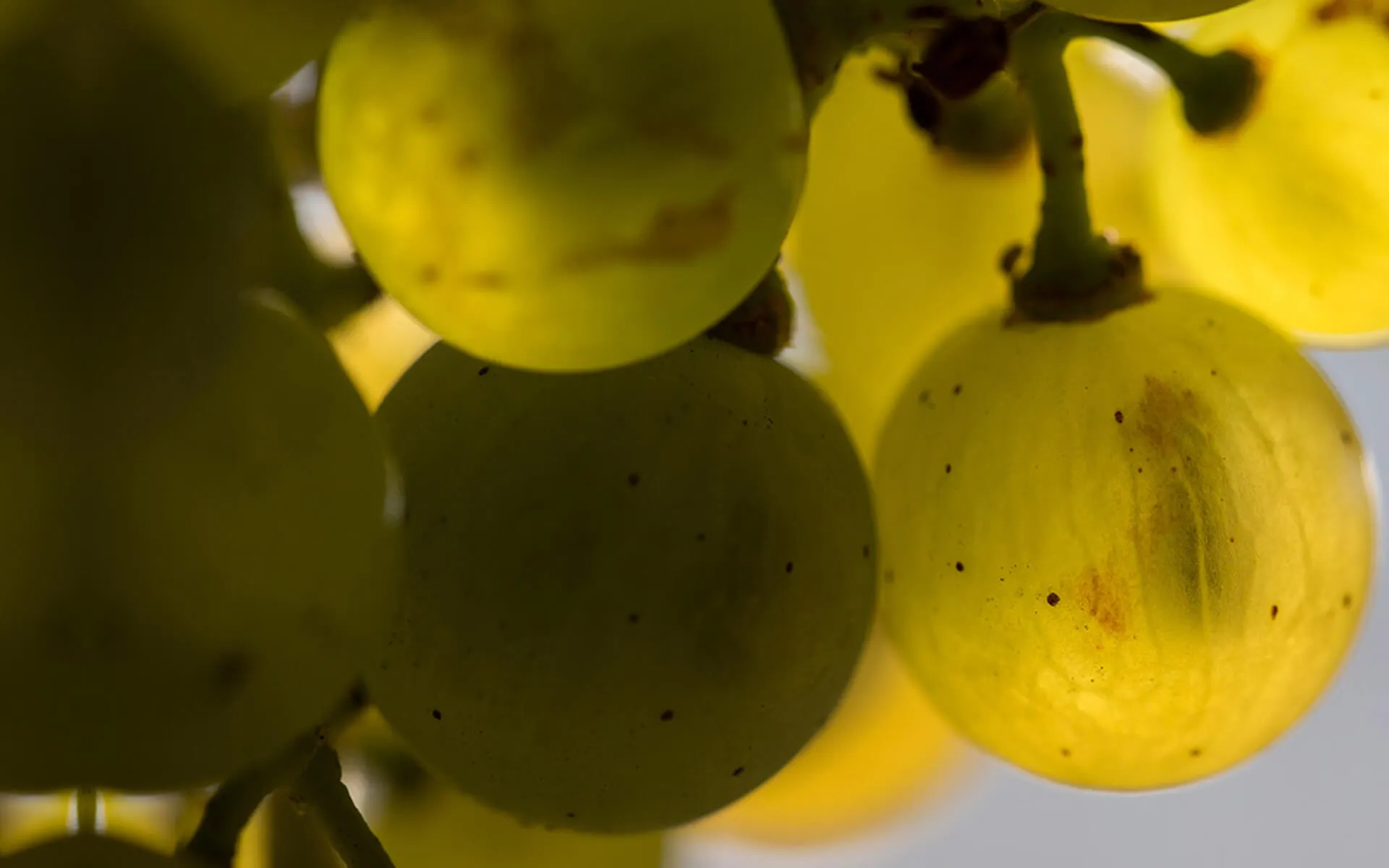
history of
Cava
Cava is a sparkling wine from Spain, made with grapes largely from Catalunya, spanning the coast, flatlands and mountains. Farmers work to harvest grapes at perfect maturity, before they are crushed and made into cava using the traditional method used by great sparkling wines of the world.
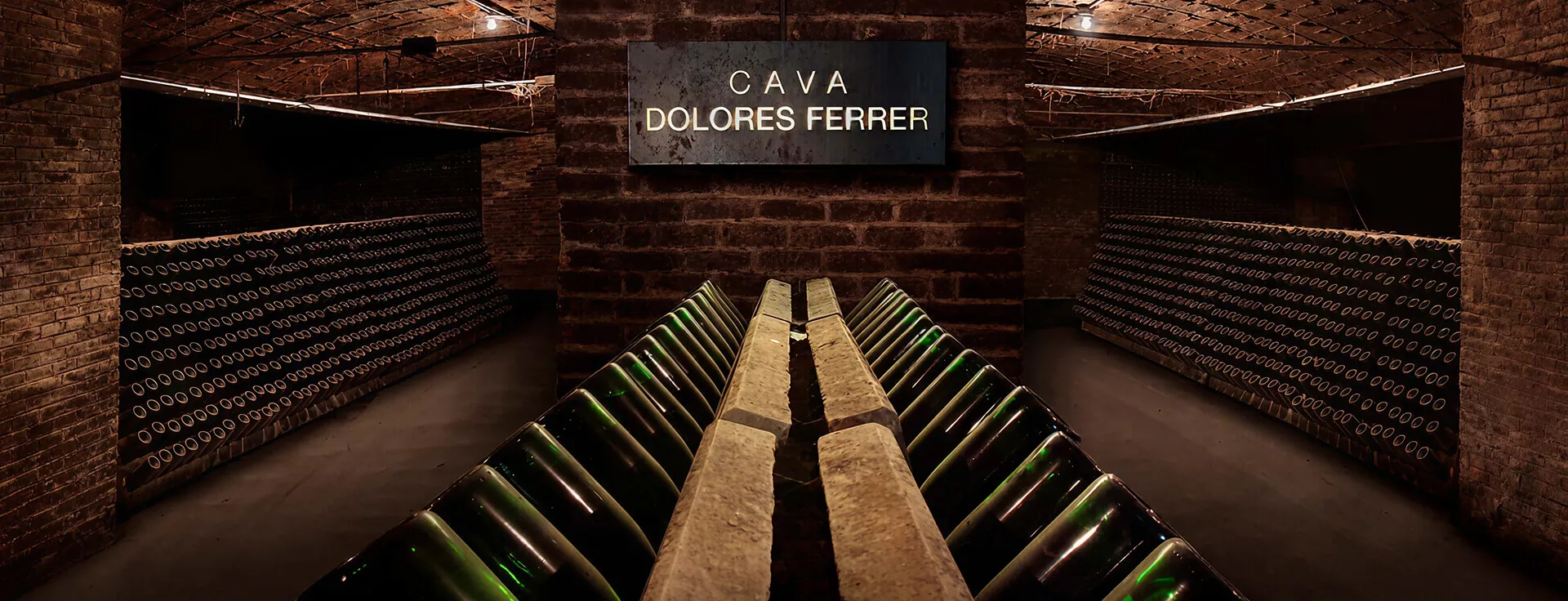
How cava
is made
Cava is a sparkling wine from Spain, made with grapes largely from Catalunya, spanning the coast, flatlands and mountains. Farmers work to harvest grapes at perfect maturity, before they are crushed and made into cava using the traditional method used by great sparkling wines of the world.

